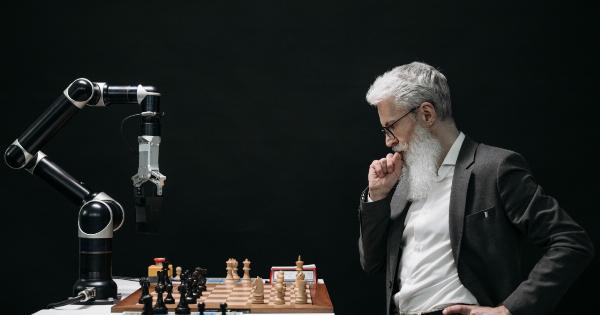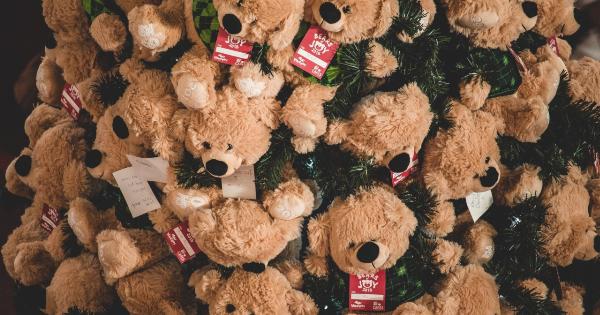The story of Santa Claus has been an enduring part of American culture for generations. Parents have kept the myth of a jolly, rotund man in a red suit who magically delivers presents to children all over the world alive for decades.
However, some experts warn that there can be harmful effects for children who believe in the myth.
What is the Santa Claus lie?
The Santa Claus lie is a well-known myth that tells children every year that Santa Claus delivers presents to all the good children around the world.
Most parents believe in the myth, and many enjoy perpetuating it by purchasing gifts to make their children happy during the holiday season.
The legend of Santa Claus is based on Saint Nicholas, a fourth-century Turkish monk who was known for his generosity to children.
Over the years, the story evolved to include magical elements, such as a sleigh, eight reindeer, and an army of elves who helped create all the toys for the children. The myth suggests that Santa Claus comes down the chimney, takes the cookies and milk left out by children and delivers the presents undetected, no matter where in the world the child lives.
Why the Santa Claus lie might not be a good thing
Many people believe that lying to children about Santa Claus might not be the best idea. Here are a few reasons why:.
It can damage trust
When children eventually learn the truth, they often feel betrayed by their parents for having perpetuated the myth. As parents, we rely on our children to trust us, so lying to them goes against this fundamental parenting principle.
We risk damaging these trusting relationships when we deceive our children.
It can set unrealistic expectation
Belief in Santa Claus sets up the idea that a magical person can make all of our wishes come true, a concept that does not hold in the real world.
By creating a fantastical scenario where material objects are effortlessly provided, we are setting up our children for disappointment later in life when they realize the truth: there is no Santa Claus and, as adults, no one will magically create our dreams.
It can fuel consumerism
The presents children eagerly wait for each year do not magically appear; they are bought by their parents. The myth of Santa Claus can fuel consumerism and make children believe that the only way to be happy is to have the latest toy.
When parents cannot afford expensive items, the Santa Claus myth can cause shame and disappointment for the child, which is completely avoidable.
It has a short-term payoff
The benefits of the Santa Claus lie are fleeting. Young children may love the myth that Santa Claus delivers presents, but the realization that it is untrue can damage their trust.
While the concept of Santa Claus may be a fun way to bring awe and excitement to the holiday season, it is not worth the long-term damage it can inflict on the trust between parent and child.
It can harm children’s emerging cognitive abilities
Research suggests that the cognitive processes involved in detecting the truth and falsehood in language are present as early as 18 months of age.
The Santa Claus myth provides a conflict between what children are being told and what their own direct evidence might appear to suggest. This conflict can harm the development of cognitive abilities such as critical thinking and analytic evaluation.
The Santa Claus myth has positive aspects
While the Santa Claus myth may have potential consequences for children, it is a cultural tradition that many enjoy passing onto future generations.
It sparks imagination and excitement
The belief that Santa Claus magically delivers presents is a fun way to bring magic and excitement into the holiday season.
Decorating the house, baking cookies, and writing letters to Santa Claus are all traditional activities that can keep young children entertained and engaged.
It promotes altruistic behavior
The Santa Claus myth promotes the idea that good behavior is rewarded. Children are encouraged to act in a particular way to receive gifts from Santa Claus.
In cases where parents cannot afford these gifts, various charity organizations participate in activities where people donate to help provide presents for children. This tradition propagates the idea that helping others is important.
Conclusion
The Santa Claus myth has both positive and negative impacts on children, and it is up to each family to decide whether to participate in the lore or not.
Whether parents decide to perpetuate the myth or not, it is essential to keep in mind that the choice can have long-term effects on our children’s trust and cognitive growth.






























